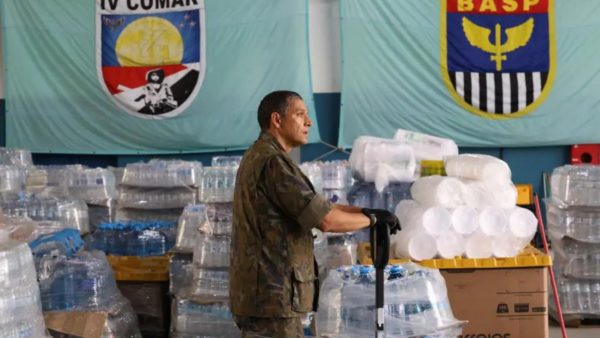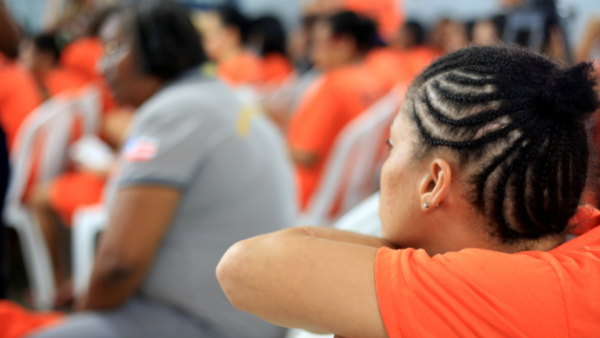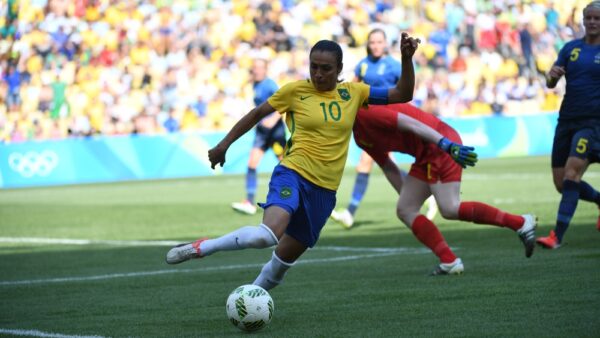Last week, the Fernando Henrique Cardoso Foundation, the custodian of the former president’s legacy, hosted a momentous event: it brought together almost all the key figures responsible for planning and executing the Real Plan, which, launched exactly 30 years ago today, led to the end of hyperinflation in Brazil.
At the age of 93, Mr. Cardoso himself couldn’t participate due to his fragile health condition, but he met with some of the guests and President Luiz Inácio Lula da Silva hours before. The meeting was symbolic of the fact that perhaps more than an economic success, the Real Plan was a political achievement, built by many hands and orchestrated by Mr. Cardoso.
Amid Lula’s growing animosity toward the Central Bank’s cautious stance and the discussions surrounding a bill that could give even more autonomy to the monetary authority, looking back at the Real Plan’s legacy is also acknowledging the country’s hard-won economic stability and remembering that politics is still the (only) possible way to it.
Not a one-person idea
Between 1980 and 1994, hyperinflation haunted Brazil. At the beginning of the 1990s, prices rose by around 100 percent a year — and while that seems absurd by today’s standards, it was nothing close to what was coming.
By 1990, during the transition between Presidents José Sarney and Fernando Collor — the first democratically elected leader since 1960 — yearly inflation reached 6,800 percent.
During that time, prices were readjusted daily — sometimes, multiple times a day. It was a common scene in supermarkets to see consumers rushing to overtake price gun-wielding store employees to grab the products before they became more expensive.
Three years before, in 1987, the government had declared a debt moratorium, which only increased the uncertainties around the Brazilian economy. From that point on, several attempts under the José Sarney government — from freezing prices to blocking savings accounts — brought some immediate relief but ultimately failed to correct the issues hampering the economy.
Hyperinflation and the country’s systemic deficit in its payment balance were then the two major problems to be solved. As such, they were also two topics of discussion at the Pontifical Catholic University of Rio de Janeiro (PUC-Rio), where Mr. Cardoso and several of the brains behind the Real Plan emerged.
“There is no such thing as a one-man idea [when we talk about the Real Plan],” said Persio Arida, one of the Real Plan’s creators and a former president of BNDES and the Central Bank in different periods of Mr. Cardoso’s first term (1995-1998).
The list of names behind the plan is long, and those mentioned often had more than one role to play.
They include André Lara Resende, an economist who, alongside Mr. Arida, created the URV (Real Unit of Value), a pseudo-currency that gave way to the launch of the Real, as well as Edmar Bacha, an economist who first drafted the plan’s idea. Gustavo Franco was also a key figure: as the Central Bank chairman in the second half of 1990, Mr. Franco led the implementation of the country’s current macroeconomic tripod (a floating exchange rate, an inflation target, and primary surplus goals).
The plan was...


 Search
Search











































